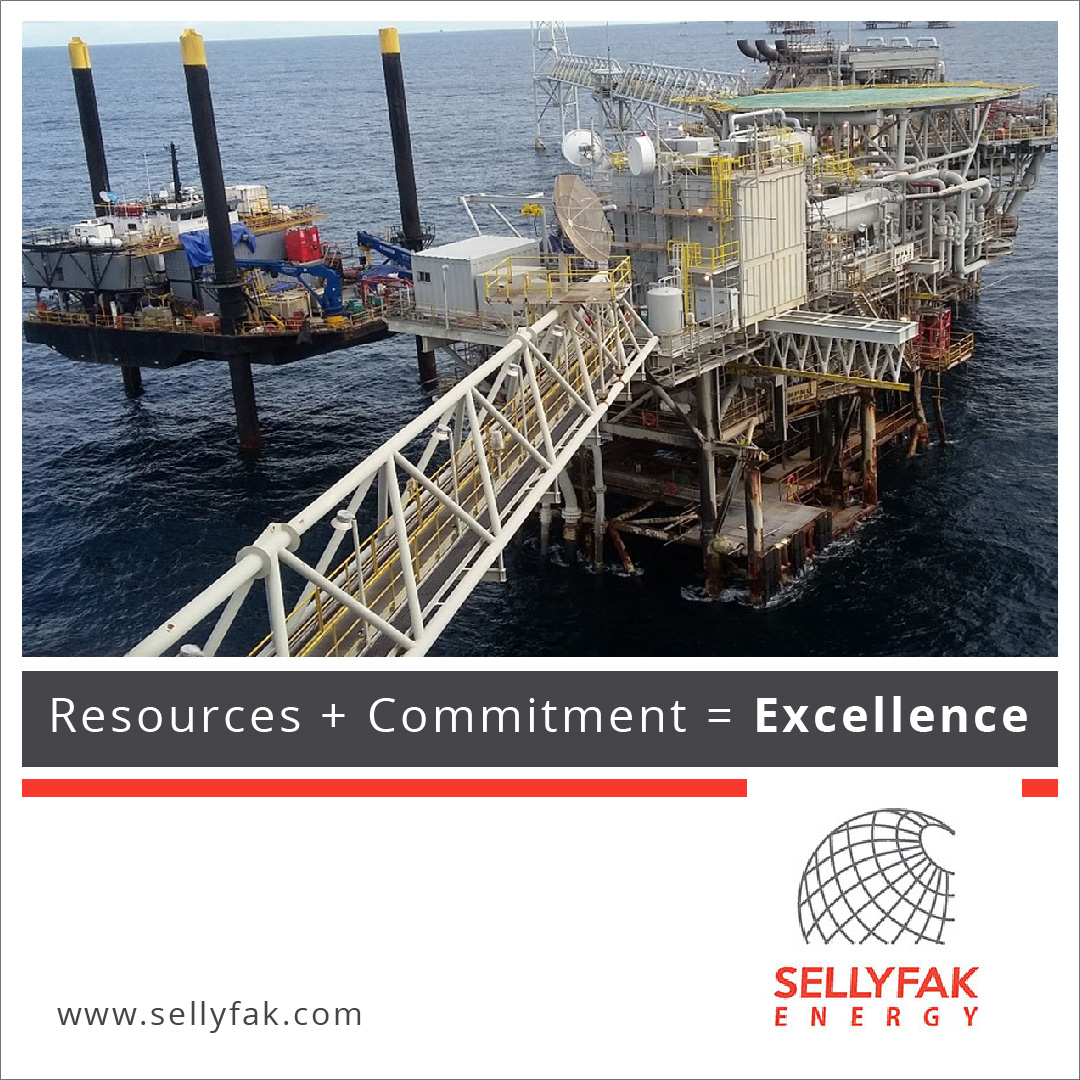Coronavirus & Infrastructure: Invest in Maintenance Rather Than New Projects

In the same way Gabriel García Márquez used a cholera crisis as inspiration for one of the greatest novels ever written, we will use the current pandemic to innovate and find new ways to deploy the infrastructure we need. Here’s some predictions on the COVID-19 implications for the infrastructure sector.
They say that economists spend half their time predicting what will happen, and the other half explaining why things didn’t happen as predicted. Maybe in a couple of years I’ll write a piece on why I got my coronavirus (COVID-19) implications for the infrastructure sector all wrong. In the meantime, allow me to make some predictions based on conversations I’ve held with health experts, policy makers, business leaders, consultants, and multilateral organizations—in addition to lots of reading and webinar-watching.
Keep it simple (less is more, really)
The infrastructure gap in the world is expected to be as high as $15 trillion by 2040, according to the World Economic Forum. This is truly daunting. However, in the coming years we need to be really careful how we close that gap.
The coronavirus has had an impact on several subsectors in different ways:
- Transport: Lower demand represents less income in airports, ports, roads, railroads, and mass transport. Concessions and PPP contracts will need to be reviewed, with terms re-negotiated.
- Water: Increased demand for health services increases water consumption for sanitation and for those that are ill. With millions of people quarantined and cleaning more often, water infrastructure—already quite old in many countries—is further stressed.
- Health: Hospital infrastructure has surpassed its capacity in many cities around the world. Some of these hospitals are under PPP contracts, which usually have a capped payment that may not have considered pandemic events.
- Energy: Demand from industrial facilities has declined, but energy consumption from households has increased. Now could be a good time to invest in off-grid systems and solar panels that can help lower the electricity bill during the economic crisis.
While many argue that infrastructure can help speed economic recovery, this is only true with respect to projects that could be operating in the next one to two years. In fact, new greenfield projects should be analyzed more thoroughly than ever, since they will divert scare resources away from existing infrastructure and will take at least three years to be operational.
Change is coming (in the cities)
The battle against COVID-19 will be fought mainly in the cities. Now more than ever we need to improve urban infrastructure—to make it more resilient, sustainable, and smart. Countries with a strong crisis response have deployed (or already had) smart infrastructure—such as cameras with temperature sensors, automatic test machines, automatization of public transport, and predictive modeling with real time data.
This is an opportunity to upgrade public services and urban infrastructure, because the only certainty is that this pandemic will not go away soon—and a new one is likely to happen again.
A helping hand (from the multilateral organizations)
Multilateral organizations are a fundamental link between the public and private sectors. They not only provide funding but also (and sometimes more importantly) best practices and global knowledge. When this crisis emerged, multilateral organizations and development banks were the first to implement credit lines, recovery programs, and advisory to public sector officials. Multilateral organizations could help both in the crisis management and the recovery phase.
Better together (the public and the private sector)
The World Bank’s Private Participation in Infrastructure 2019 report identified a 3% decrease in investment commitment from the private sector in 2019 compared to 2018 ($96.7 billion and $99.7 respectively). Latin America is the only region that showed an increase in investment from the private sector, which jumped from 16% in 2018 to 32% in 2019.
The robust participation of the private sector will be imperative in the coming years, both to maintain the current level of infrastructure services and to develop new projects. Models like unsolicited proposals could be an agile way to bring private expertise and funding to the sector in the coming years, though the World Bank urges caution in their use. New collaboration schemes should be devised, especially in the health subsector. We should use our collective imaginations to double down on models that provide flexibility to increase capacity when we need it, without having unused (and expensive) infrastructure when we don’t.
Winston Churchill said that a pessimist sees the difficulty in every opportunity, and an optimist sees the opportunity in every difficulty. In the next 40 years countries will build more infrastructure than in the past 400 years. This new infrastructure must be more resilient and consider its environmental impacts, maximize social benefits, and act as a social equalizer. We need to find new models that maximize the value for money and provide fair rates of return.
In the same way Gabriel García Márquez used a cholera crisis as inspiration for one of the greatest novels ever written, we will use the current pandemic to innovate and find new ways to deploy the infrastructure we need—before a similar crisis happens again.
Culled from World Bank Blogs







